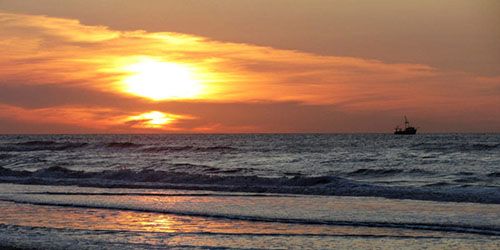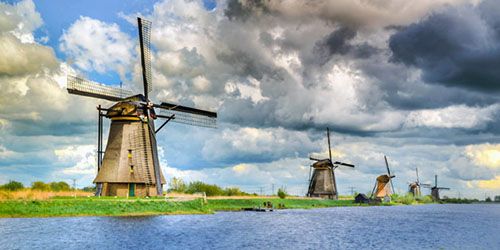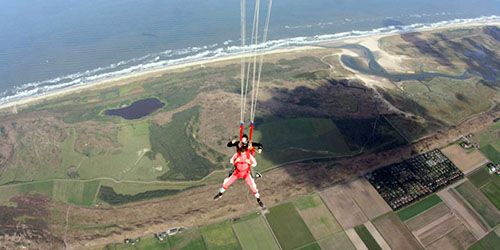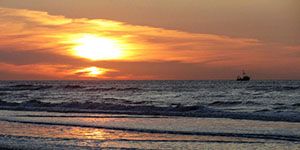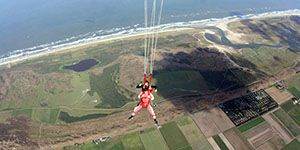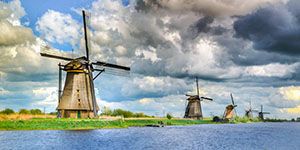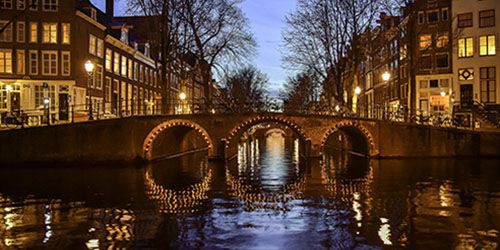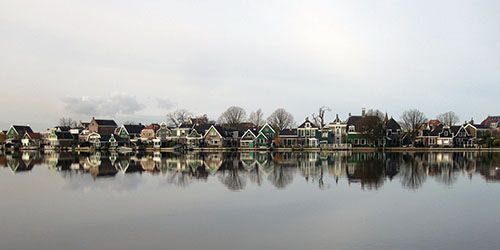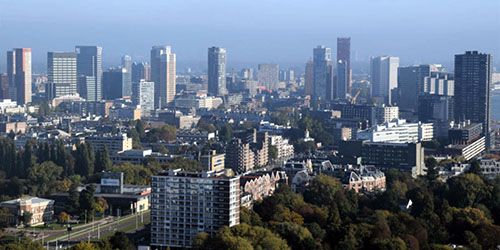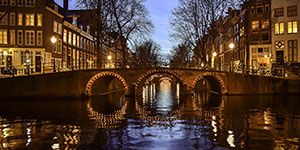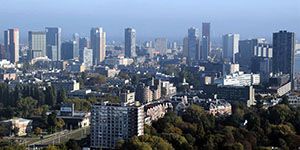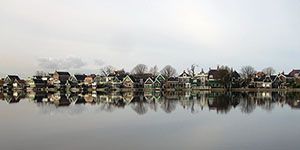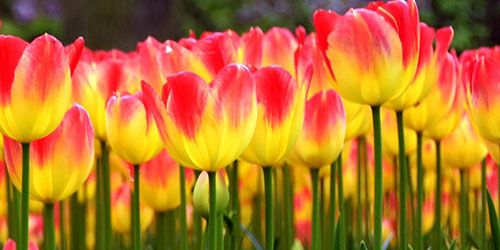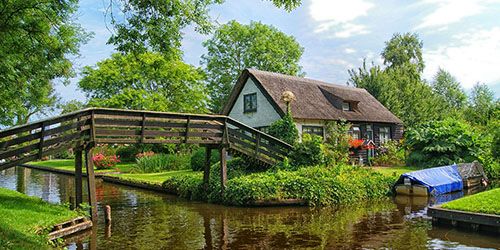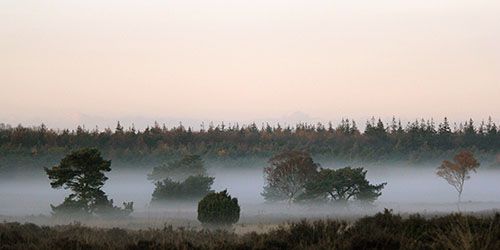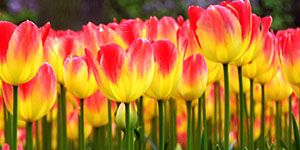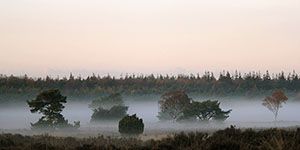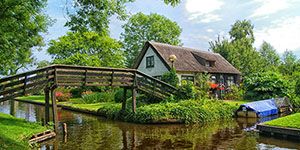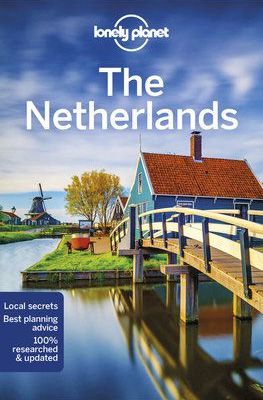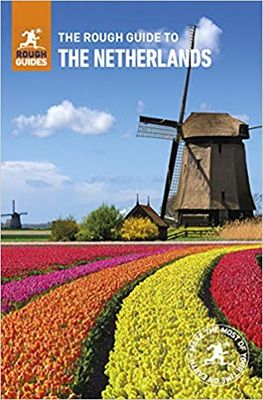Netherlands
The Netherlands in a nutshell
The Netherlands is famous for its windmills, cheese, tulips and the battle against so much water. That’s why many tourists come to visit the beautiful Netherlands every year. Due to the flat landscape, largely lying below sea level, the Netherlands is a great country to explore by bike. On the way you can enjoy beautiful nature, nice villages, charming historic cities, and the big cities of Amsterdam, Rotterdam, The Hague and Utrecht.
With a coastline of over 500 kilometres, plus all the lakes, rivers and canals, the Netherlands is a real water sports country. Additionally, the Wadden Sea in the north of the country is the world’s largest contiguous system of sand and mud plains that fall dry during low tide. This area is a UNESCO World Heritage Site. The Wadden Islands are all really worthwhile for enjoying some peace and nature.
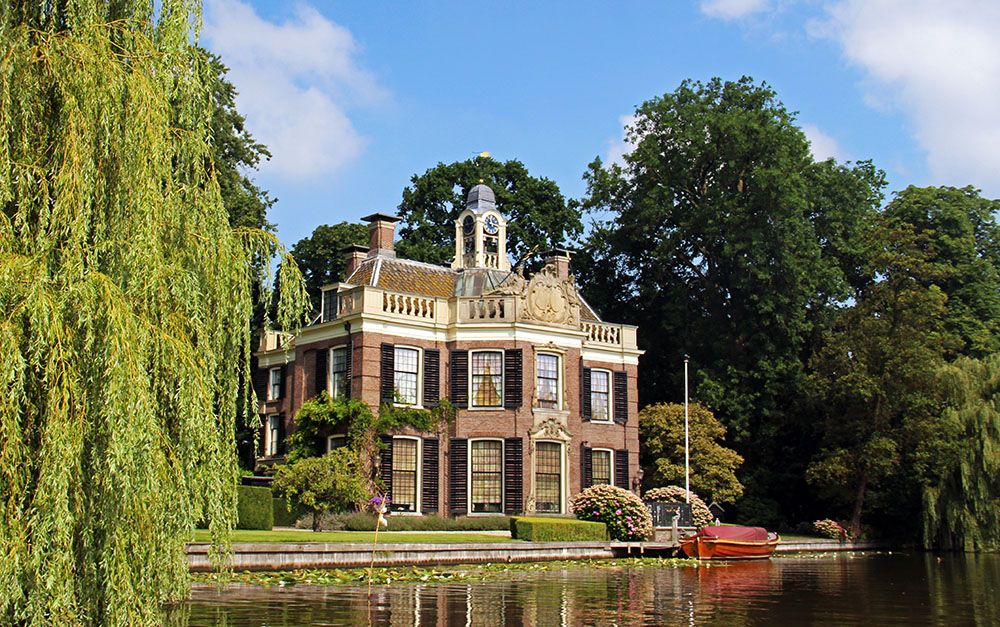
Golden Age
The Netherlands is known as a trading country. It is the gateway to Europe. The 17th century was a period of prosperity in Dutch history in the fields of trade, science and the arts. This period is also called the Golden Age for this reason. The famous Dutch masters, such as Rembrandt, Vermeer and Hals, made beautiful paintings in that era. These can still be seen in the world-famous museums in the Netherlands.
What’s more, in terms of its political and military power at sea, the “Republic of the Netherlands” occupied a prominent position in the world. In the 17th century, the world’s first stock exchange was established in Amsterdam by trading the shares of the “Verenigde Oostindische Compagnie” (Dutch East India Company), the world’s first multinational.
Tolerance in the Netherlands
The Netherlands is known for its tolerance. This is one of the country’s attractions for foreign tourists. There are coffee shops, for example, where cannabis is sold. In addition, the Netherlands was the first country in the world to make same-sex marriage possible. The inhabitants of the Netherlands feel at home in their country, the Dutch are the fifth happiest people in the world.
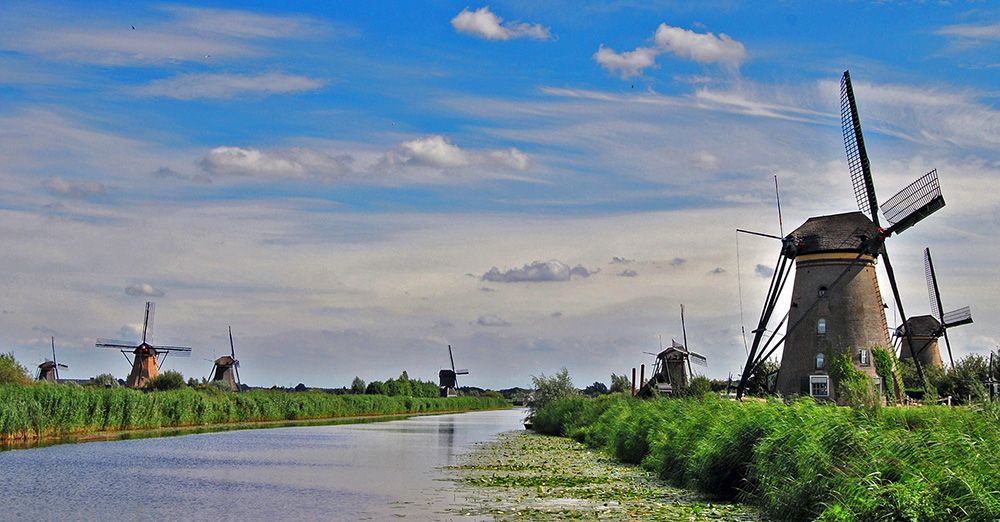
Accommodation in the Netherlands
All types of accommodation can be found in the Netherlands. There are many campsites that make the country a perfect campervan and camping country. There are also many holiday homes, many cosy guesthouses, basic hotels, various hotel and motel chains, B&Bs and attractive but more expensive fancy hotels. The Netherlands offers sufficient accommodation for everyone’s wishes and budget.
Travel advice for the Netherlands
There are no special safety regulations for the Netherlands. The whole country is safe enough for travel but do always check the current travel advice. At busy places in large cities, such as railway stations and on public transport, you need to watch out for pickpockets. Moreover, it is not advisable to buy drugs on the streets of Amsterdam. Sometimes people do sell cocaine, but it is actually heroin and this has already led to a number of deaths.
Healthcare
There are no specific health requirements for the Netherlands. In addition, the medical facilities in the country are good.
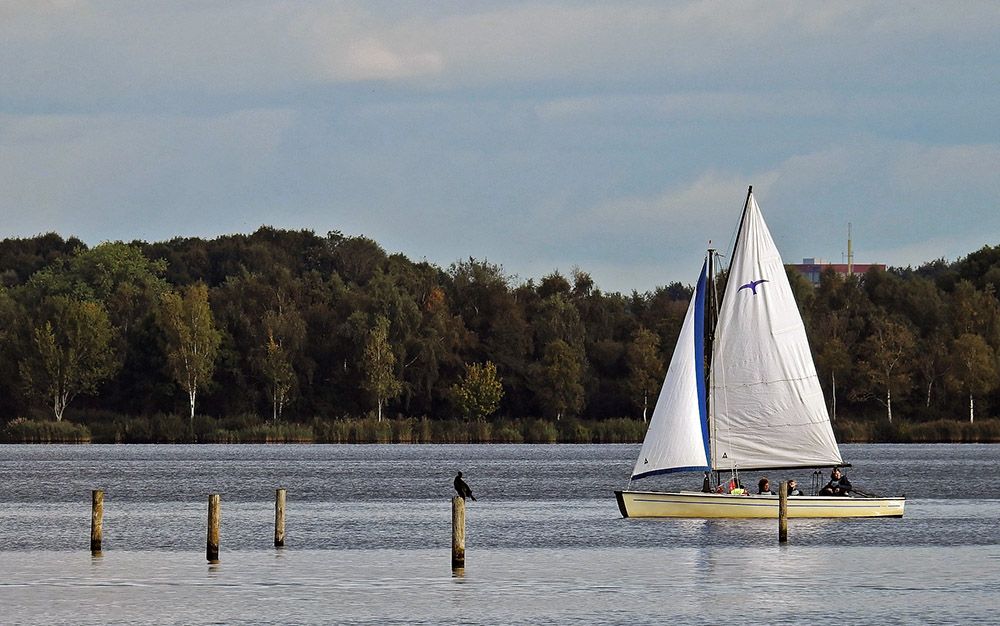
Best time to visit the Netherlands
The Netherlands has a maritime climate. This results in cool summers and mild winters. In the summer months, the average temperature is 20 degrees, while the average temperature in the winter is around freezing. South of the three major rivers, the Rhine, the Meuse and the Waal, it is generally slightly warmer than in the north. On average, the coastal region has slightly more hours of sunshine than inland. However, there is often a westerly wind, which makes the temperature on the coast slightly cooler. Although the Netherlands has this image of being a “rain land”, it actually only rains 7.6% of the time.
The Netherlands can be visited all year round. This of course depends on what your goal for the holiday is. In the summer months of July and August, the coast is a popular destination for many Dutch people and also for many Germans. It can be busy there. In addition, the prices in that period are somewhat higher.
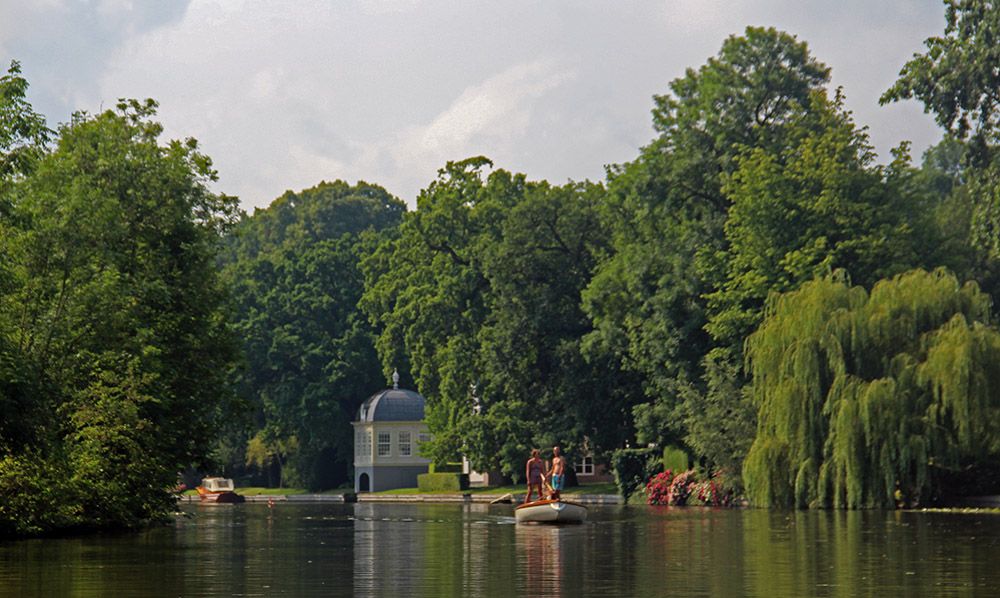
Visa
To visit the Netherlands, a valid passport or identity card from another Schengen country is required. You’ll need to obtain a visa if you aren’t from another EU state or an EEA (European Economic Area) country. The best way of finding which category you fit in is by using the Visa Checker Tool provided by iVisa. Just select your nationality from the drag-down menu on the left, and choose the Netherlands as your destination. In seconds you’ll know if you need a visa. Plus, if you do require one, iVisa offers a list of the nearest embassies where you can apply in-person since Schengen visas are not available online. iVisa offers a free 24/7 support service to answer any questions you may have about the visa process.
Food and drinks
Original Dutch cuisine is mainly based on products that are grown in the Netherlands. Potatoes, (tuberous) vegetables, dairy products, bread and meat are important ingredients in Dutch meals. Due to its colonial past, Indonesian cuisine has become established in the Netherlands. Another culinary legacy of the colonial past is the use of various spices.
The Netherlands has many restaurants, in all price ranges. Traditional Dutch cuisine is only rarely found in restaurants. Usually restaurants have a varied international menu. In addition, Chinese, Indonesian, Italian, Japanese, Mexican, Spanish and Greek restaurants are very popular in the Netherlands. In larger cities and especially in the Randstad you can see an even greater variety of international cuisine.
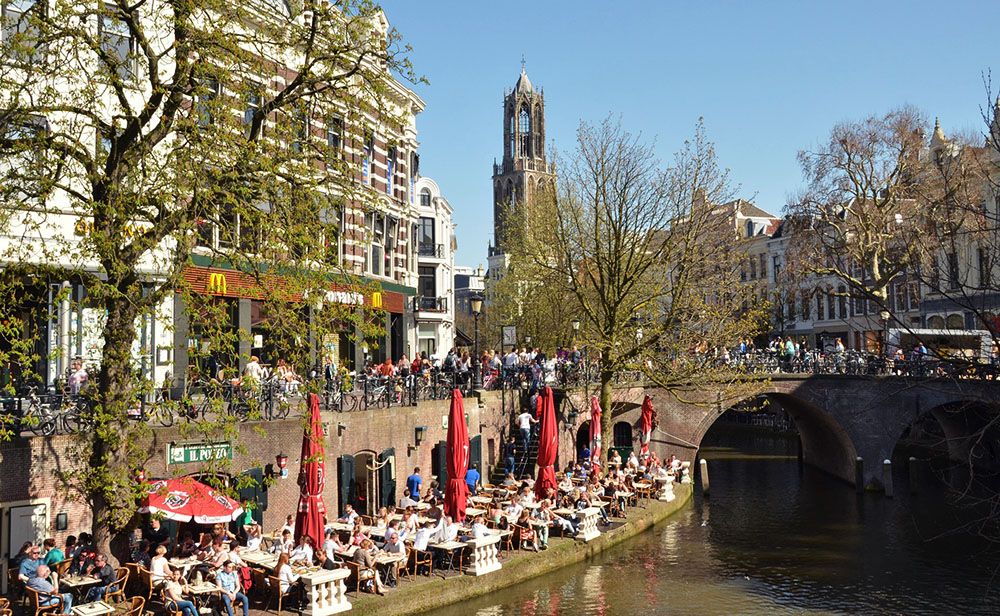
The level of restaurants has improved considerably in recent years and the number of starred restaurants is increasing every year. Dining is an experience here, but of course it does also come at a price.
In the Netherlands, people generally eat dinner between 5 pm and 7 pm. Restaurants therefore open relatively early. It is not customary to eat dinner after 9 pm, in many restaurants the kitchen is already closed by then.
Dutch delicious
Typical Dutch dishes and products are: syrup waffles, poffertjes, bitterballen and croquettes, pea soup, stew, herring and liquorice.
The Netherlands has a long history when it comes to brewing beer. The Heineken beer brand is known throughout the world. But as well as this beer, there are an increasing number of speciality beers, brewed in small local breweries. Traditionally, the Netherlands was also the country of young gin. It used to be quite normal for someone to order a “kopstoot” in a café: a young gin and a beer. Nowadays this is hardly ever the case.
Moving around in the Netherlands
The Netherlands has a modern, well-maintained road network. The total road network consists of over 135 thousand kilometres of public roads. More than five thousand kilometres of this consists of motorway. The highways are connected to Belgium and Germany. Bear in mind that due to the high population density of the Netherlands, many traffic jams do occur. There are no toll roads in the Netherlands, however, there are some toll tunnels, such as the Kiltunnel near Dordrecht and the Westerscheldetunnel in Zeeland.
The city centres are not so accessible by car. Additionally, parking fees in the city centres are very high. It is often the smartest thing to park your car somewhere outside the city centre and then travel to the centre on public transport.
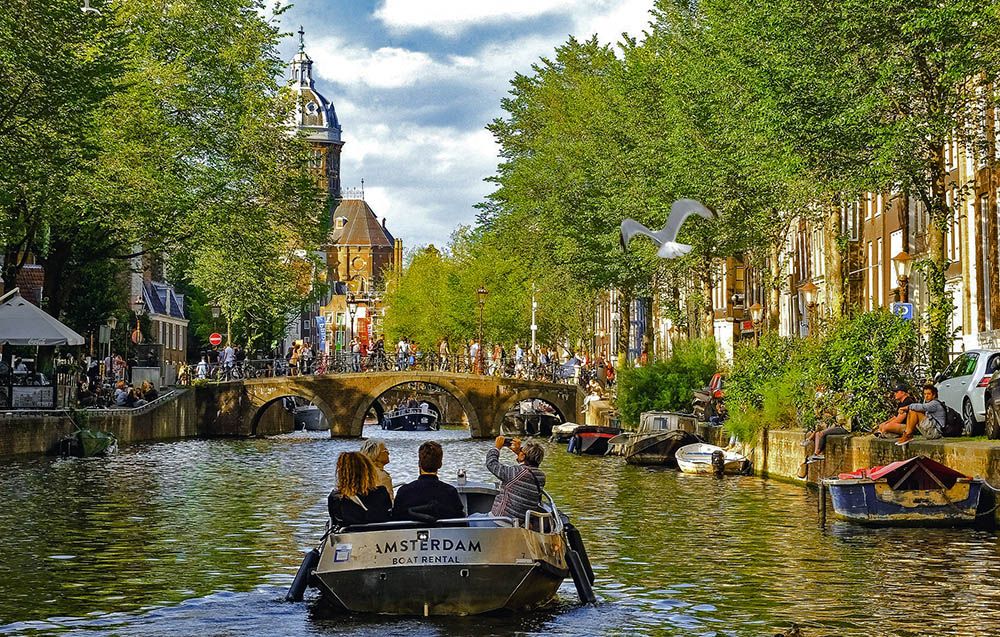
Public transport
The Netherlands has a dense network of public transport. The railway lines connect almost all the major cities with each other. There are very few cities that are not accessible by train. Buses provide the connection between cities and villages. There are city buses that take care of local transport in the cities. Metro lines can only be found in the cities of Amsterdam and Rotterdam. Tram lines can only be found in the four largest cities of the Netherlands: Amsterdam, Rotterdam, The Hague and Utrecht.
A public transport chipkaart is required for journeys on Dutch public transport. An anonymous OV-chipkaart is valid for five years and costs €7,50. There is no balance on it when you buy it. You can top it up at a counter or vending machine at one of the stations. The card is used for trains, buses, trams and the metro. For use on train journeys with the NS, the card must first be activated at an NS ticket machine. There must also be at least €20 balance on it to be able to pay for train rides with the OV-chipkaart. You pay for your journey by checking in at the place of departure and checking out when you leave the train, bus, tram or metro.
The Netherlands is a real cycling country. The population uses bikes to go to work or school or to go on a weekend trip in nature. There are bike paths almost everywhere, nearly always apart from the road. Bicycles can be rented everywhere and can be parked on the street or in a (guarded) bicycle parking facility. Do lock the bike well, because they are often stolen.
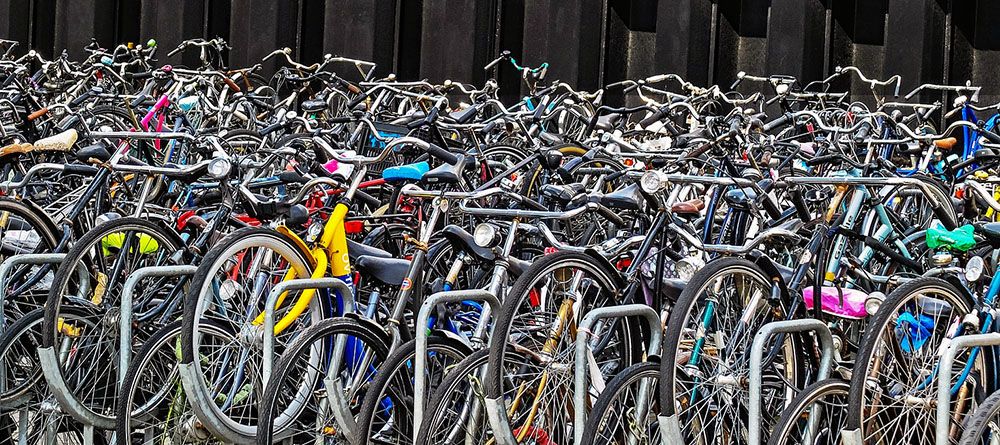
Electricity
The mains voltage in the Netherlands is 230 volts/50 Hz. The plugs and sockets are of type C and F. Visitors from the United Kingdom and Ireland need a power plug adapter.
Money matters
The Netherlands has the euro as its legal tender. It is possible to pay with a debit card or bankpas almost anywhere. Credit card usage in the Netherlands is less than in other countries. Payment by credit card is only possible to a limited extent in some shops. In hotels and restaurants, it is generally normal to pay by credit card. Withdrawing money in the Netherlands is not a problem, there is an ATM everywhere.
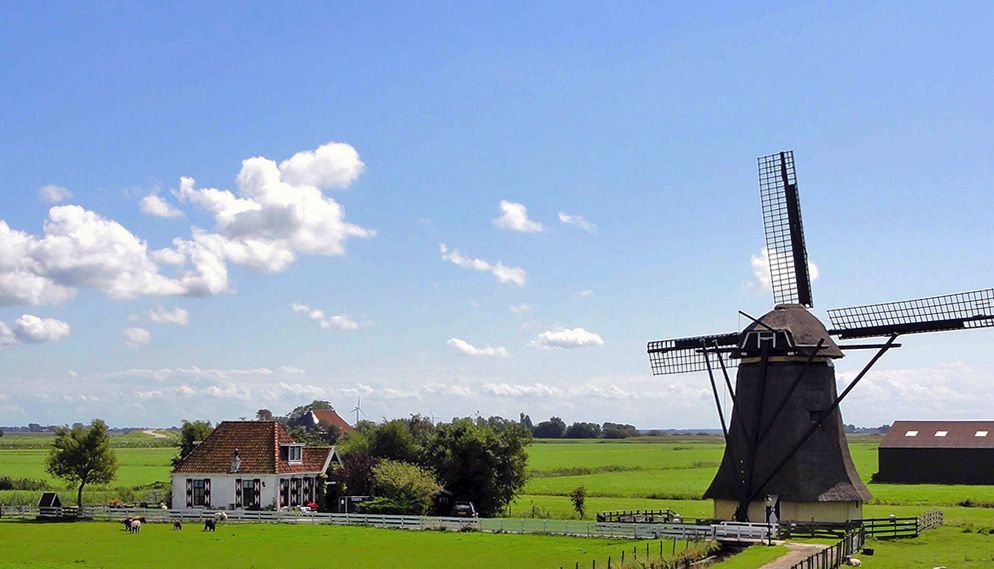
Highlights
The Netherlands is a wonderful holiday country where there is so much more to be found than just Amsterdam with its canals and canalside houses, museums and cosy cafés. When we think of the Netherlands, we see windmills spinning in a beautiful landscape, the shades of colour of the beautiful tulip fields and nature in, for example, the Hoge Veluwe National Park. But above all, the Netherlands is a country to actively explore, on water, by bike or walking through nature.
There is so much to do and see in the Netherlands that we will be regularly adding a highlight to this blog page.

